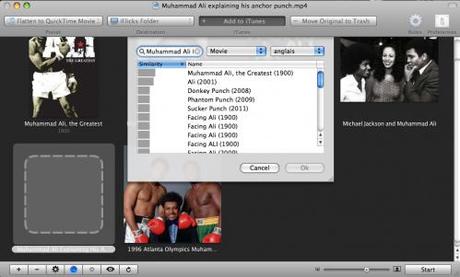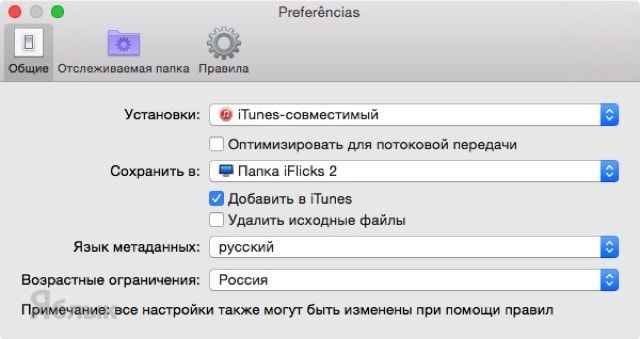
Remux quality is practically the same as the quality of the original video. Remux is not a standard of compression, but rather a process of compressing videos. The HEVC standard is not yet widely implemented, but it has gained a lot of popularity in recent years. Videos compliant with this standard feature much higher resolutions than standard videos. HEVC is a standard for video compression, designed to replace the dated Advanced Video Coding. Remux shares many similarities with HEVC, which stands for high-efficiency video coding. As a result, a remux video can be just as good as the original BluRay video. The extra content of the original video has been removed, but the original quality is still guaranteed. Meanwhile, a remuxed video is a processed video with lossless quality. A BluRay recording is usually the original release of the video, so it includes all the original content of a video. Remux quality is also usually compared to BluRay quality. Some GPUs feature a dedicated encoding chip, which will greatly boost the efficiency of the encoding process without taxing the CPU. The more powerful your GPU is, the more likely it is that the process will be smoother.
IFLICKS REMUX PC
Some GPUs can take on these processes for the CPU to release more resources, which allows the PC to run more smoothly. Without this process, streaming videos will become too big for your bandwidth to handle, and you will not be able to stream your video content at all.įor video encoding, you will need a powerful GPU that can handle intensive processes. For this reason, encoding is extremely important for streaming. In this process, the video is compressed so that it can easily be transmitted over the Internet. This is the process of changing raw video content into digital formats so that computers and digital devices can read them. The extra content within the files will be removed to prevent file size bloating.Įncoding is a completely different process. Remuxing is the process of moving the content of a video from one container to another, which will drastically reduce the size of the files during the process. Both are processes in video editing, but both serve different functions. Remuxing is very different from encoding.

IFLICKS REMUX MOVIE
For this reason, remux is the perfect choice for people who simply wish to enjoy the movie without the extras. This is because the extras have been taken out of the videos themselves, and only the main content remains. Remuxed videos often take much less storage space than the original videos. In a sense, when you are remuxing a video, you are just changing the content from one container to another. Remuxed videos are often transformed from one format to another, such as from BluRay to MKV, without losing any data in the process.

*I'm aware there's an option in iTunes to turn of Copy to iTunes Media folder, but I don't want to turn this off, because my books and music etc DO reside in my iTunes Media folder and I like iTunes copying them there automatically.Remux refers to a kind of video, where the quality remains lossless even after it has been processed.

I need a way of deleting the alias from the AAtI folder after it's been imported. The only way I know of to programmatically import a file to iTunes whilst leaving the source file in place is to place an alias in the Automatically Add to iTunes folder.* 1, 2 and 3 I have managed myself but what happens is the same file gets imported into iTunes many times. Otherwise I would just use iFlicks Import command. 2a) If an mkv is added, run iFlicks and remux it as iTunes Compatible then delete original file 2b) If an avi is added, run iFlicks and convert it to Apple TV/iPad format then delete original file 3) Create an alias to the newly created m4v file and place it in my "Automatically Add to iTunes" folder 4) Delete the alias from said folder Step 3 has to be done like this because I don't want to copy the movie/TV show to my iTunes Media folder when importing.
IFLICKS REMUX TV
Ok, what I'm trying to do is this: 1) Monitor the Movies and TV Shows folder on my external HD.


 0 kommentar(er)
0 kommentar(er)
